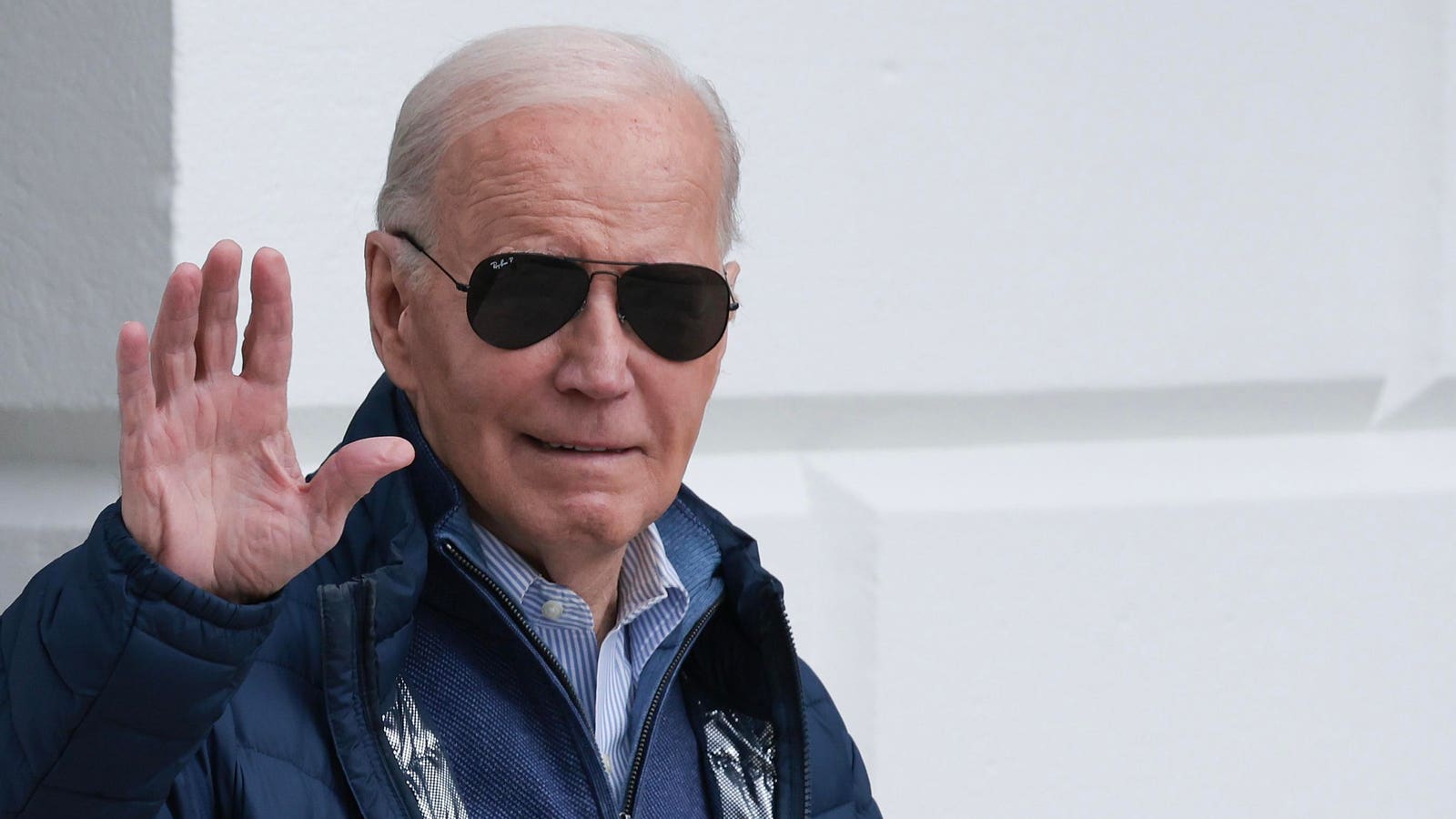President Joe Biden is set to announce a new mass student loan forgiveness plan today at a speech in Wisconsin.
The new initiative has been in the works for nearly a year. Biden first indicated that he would direct the Education Department to develop a “Plan B” for widespread student debt cancellation after the Supreme Court struck down his first plan last summer. The department completed a key step in developing regulations governing the new program earlier this spring.
The new loan forgiveness plan is being crafted under a different legal authority from Biden’s first debt relief initiative, which officials hope will put the plan on stronger legal footing. Here’s what borrowers need to know about the program including who qualifies, and when to expect relief.
New Biden Student Loan Forgiveness Plan: Key Details
Biden’s new student loan forgiveness program will be much different from his first plan. That initiative would have eliminated $10,000 (and in some cases, up to $20,000) in federal student loan debt for the vast majority of borrowers. The only requirements were that borrowers earned income below the plan’s limits and had qualifying government-held federal student loans.
The new plan will target relief to specific groups of borrowers. These include:
- Borrowers who took out loans more than 20 or 25 years ago.
- Those who have experienced substantial balance growth (called negative amortization) due to interest accrual over time. This could be attributable to lengthy periods of deferment, forbearance, or default, or time spent in certain income-driven repayment plans during which monthly payments weren’t enough to cover interest.
- Former students of predatory schools, which left them with a worthless degree.
- Borrowers who qualify for existing student loan forgiveness programs but did not formally apply.
- People experiencing financial hardship, which can be evidenced by a variety of “indicators” such as minimal income or assets, receipt of certain public mean-tested benefits, high-cost burdens, other debt, and the borrower’s age and disability status.
Unlike Biden’s first student loan forgiveness plan, the new program can allow for cancellation of the borrower’s full balance in certain cases. And the Education Department hopes to implement much of the relief automatically based on data already available. Borrowers seeking hardship-based student loan forgiveness may need to submit an application. Ultimately, more than 20 million borrowers could receive relief under the plan, according to the department.
New Student Loan Forgiveness Plan Is Separate From Other Biden Debt Relief Initiatives
Biden’s new mass student loan forgiveness plan is separate from other administration initiatives to provide debt relief to borrowers.
The Education Department has completed, or is currently implementing, a number of “fixes” to Public Service Loan Forgiveness including temporary waivers of certain rules to rectify historic problems, and new regulations to ease access to the program. Student loan forgiveness under PSLF has skyrocketed under the Biden administration, going from a few thousand approvals prior to 2021 to nearly 900,000 to date.
The Biden administration has also implemented a number of improvements to income-driven repayment plans. These include the IDR Account Adjustment, designed to credit borrowers with time toward loan forgiveness that previously didn’t count, as well as the new Saving on a Valuable Education, SAVE plan, which officials have billed as the most affordable student loan repayment plan ever.
The administration has also made changes to the Total and Permanent Disability discharge program and debt relief programs for students who were impacted by certain school practices.
Collectively, the Biden administration has approved over $143 billion in student loan forgiveness for more than 4 million borrowers.
What Borrowers Should Expect For Biden’s New Student Loan Forgiveness Plan
The new program is not quite ready yet for borrowers to apply for student loan forgiveness. The Education Department has been going through a lengthy negotiated rulemaking process, which is standard procedure when an administration wants to create new rules for a federal student loan program. The department is expected to publish final regulations for the initiative in just a few weeks, after which there will be a period for public comment. The plan could go live by this fall.
However, observers widely expect Biden’s new student loan forgiveness plan to face legal challenges, which could delay or even block the program entirely. The new plan uses an entirely different legal authority from Biden’s first mass debt cancellation initiative, and the statute at issue — the Higher Education Act — expressly authorizes the Education Department to cancel student debt in certain circumstances. The legal authority for Biden’s first initiative was — some argued — more vague. Administration officials hope that the new program is on firmer legal footing. It remains to be seen whether courts will agree.
Read the full article here

















